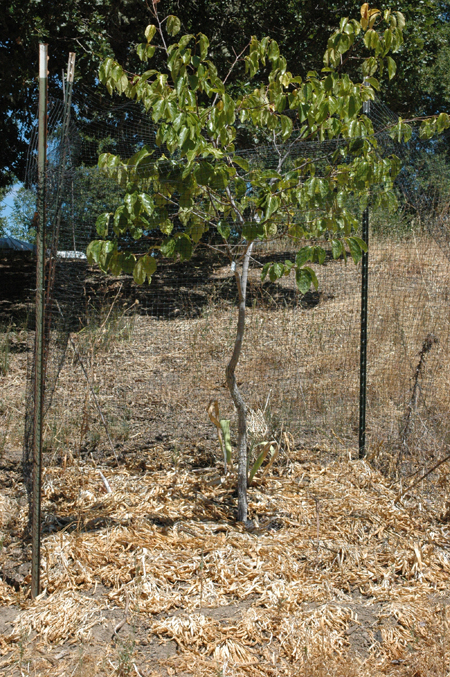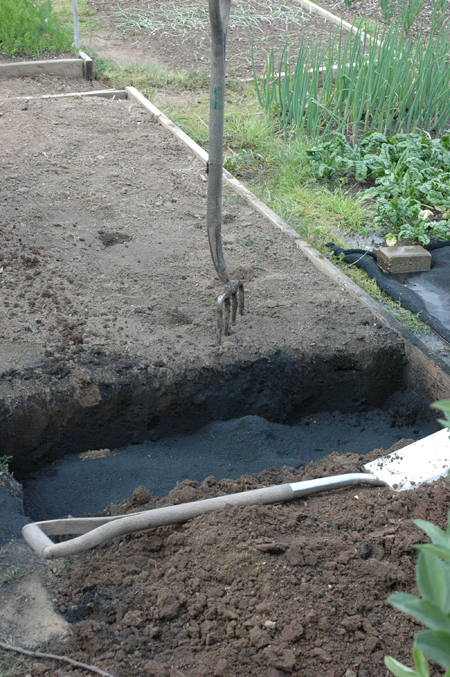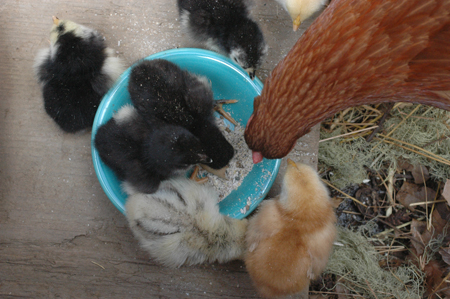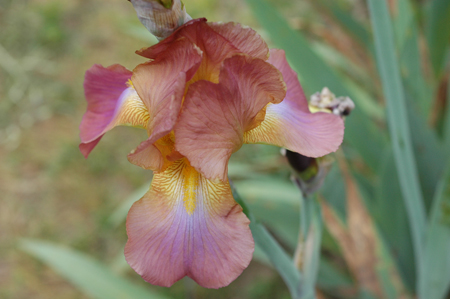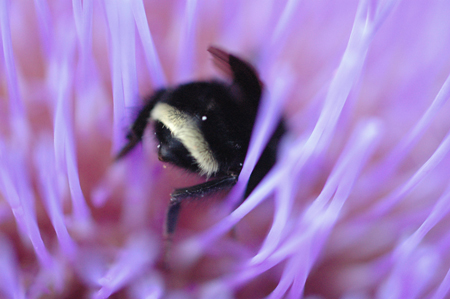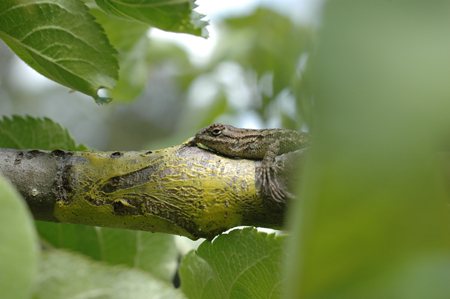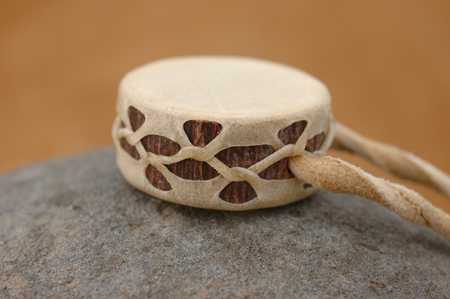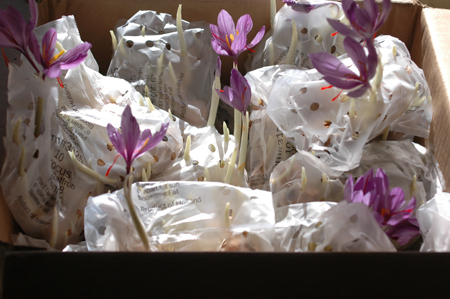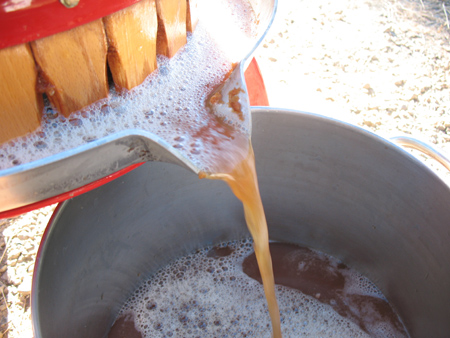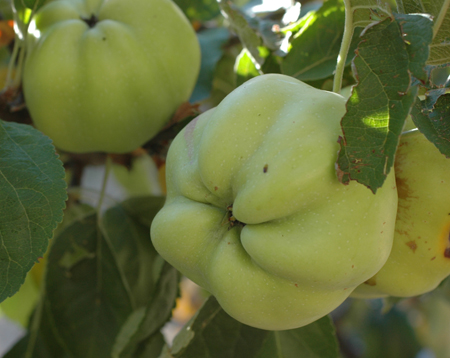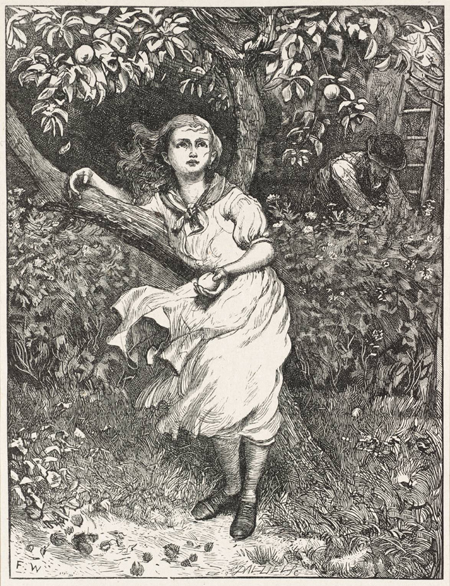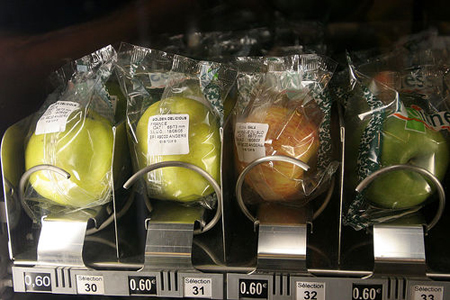Beautiful and Tasty Chestnut Crab
Untold hours of research into apple geekery has resulted, among other things, in a fair collection of early apples of high reputation. Although many have not lived up their reputations, at least not in my climate, my last taste test of two early crab apples, TRAILMAN and CENTENNIAL was very encouraging This week I got to taste 7 early apples that are in eating around early to mid August. The results didn't surprise me. I've tasted most of these apples before. Still, it was very revealing to taste all of them at the same time and compare directly. What did surprise me was significant red staining in the flesh of William's pride, making it a good candidate for my red fleshed apple breeding efforts, along with it's other merits.
For anyone searching for good early apples,the winners in this tasting are good at any season and very exceptional for early apples. There are other apples which I grow that ripen in the same season, but for various reasons, like birds, Drought, and alternate bearing, I didn't have any specimens to add. So, they will have to wait for another year. Most promising among those so far are probably St. Edmunds russet, Irish peach and golden nugget. I also just today discovered an entire cordon Mother apples (Mother is the variety name) that I hadn't noticed. I've had them before, but I just ate one that was by far the best I've ever had, and it may have been a contender up against the winners of this taste test. Extremely sweet with lots of rich flavor. This one may have been an early drop. It takes a while to learn when to pick and eat each variety.
An old early apple variety known as Mother
I now have a dedicated Frankentree in one of the orchards for only the very best early apples, which I will graft on over the years as I suss them out.






